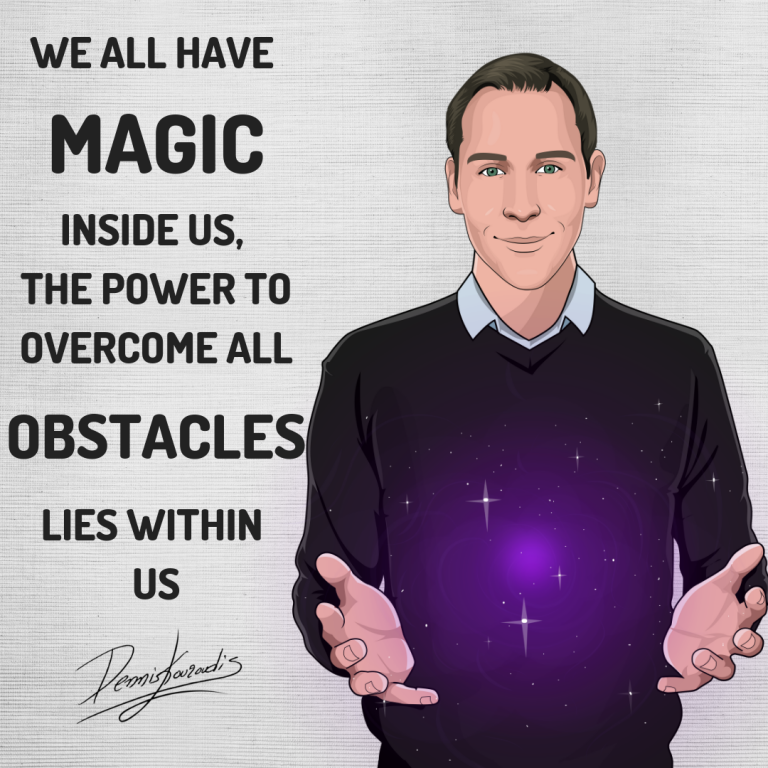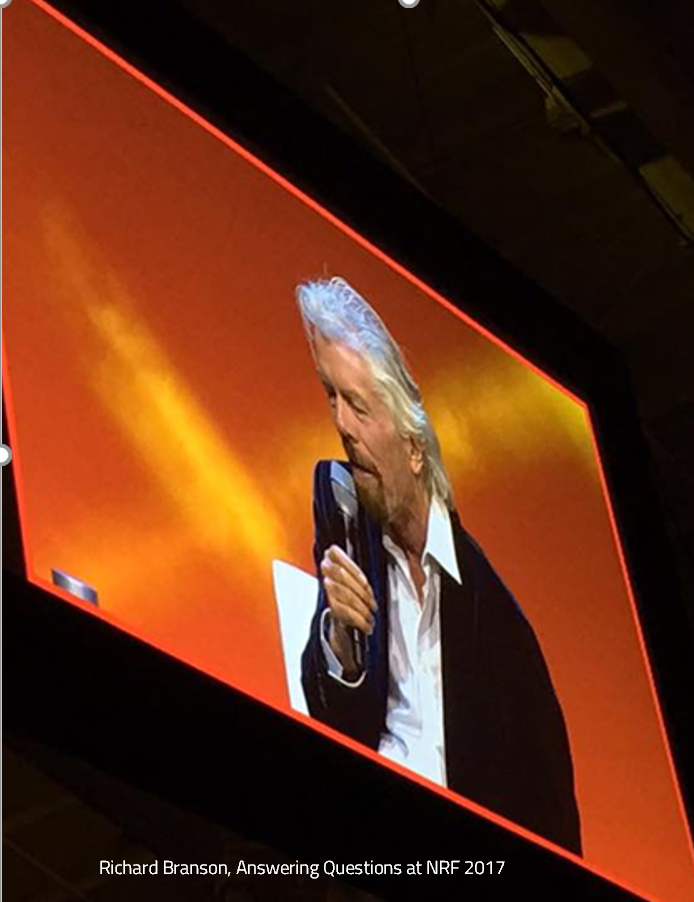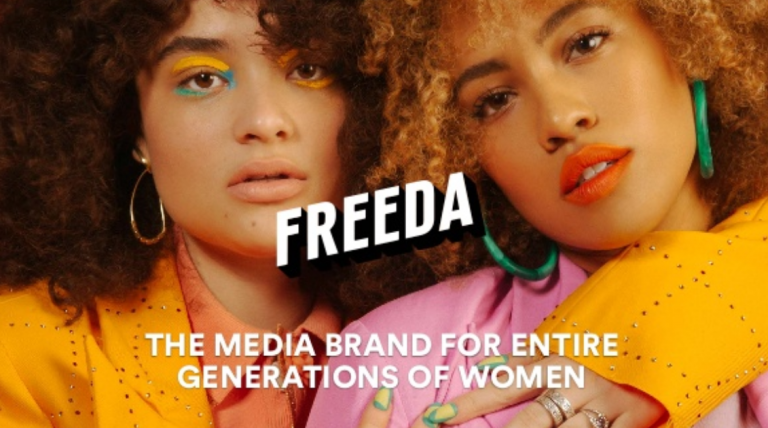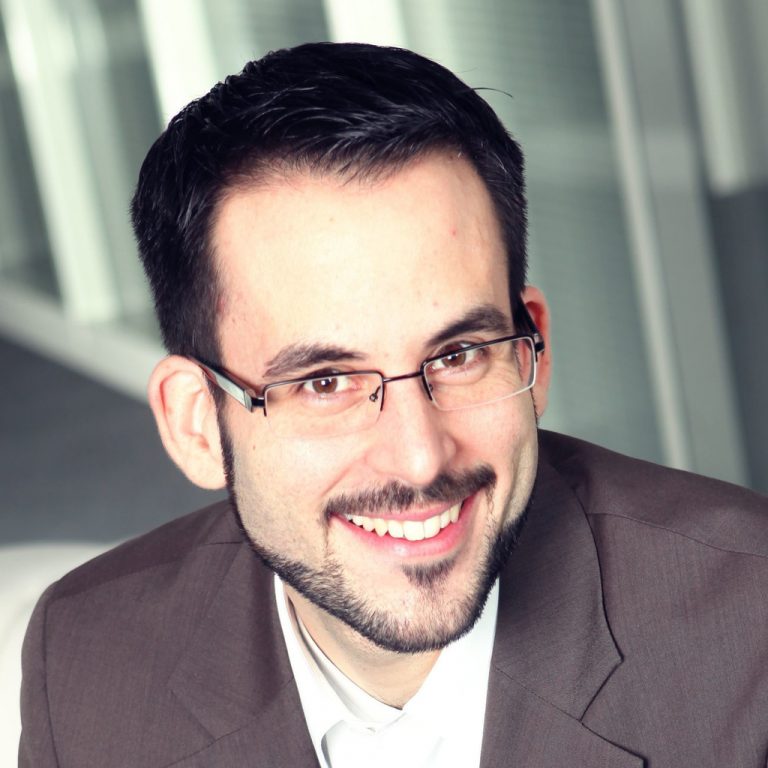“We need to thank this crisis, because it is creating a mindset where people are more reactive. As Winston Churchill once said, we should never waste a good crisis. Perhaps this is the biggest gift of the current pandemic, that it provides us with the opportunity to rethink our potential and ensure that we are positioning ourselves toward the future” Sabrina said in our first interview for the QuestiQ Dialogues Survey on Content Marketing Best Practice, in September 2020.
And this is exactly what Sabrina Colantoni did, she managed to get the best content strategy and communication despite the crisis, without wasting any time and effort.

Sabrina Colantoni is Global Brand Director at Rehau – a family owned engineering company with more than 20.000 employees in 170 countries, active in several business sectors from automotive to construction. She has been working with Rehau for 17 years, managing the marketing and communication for the group. She is based in Germany for three years, she was working before in France and Spain and South America, Since October 2020 she is in charge of the global brand.
Leading the marketing and communication in a global BtoB engineering company with so many diverse divisions in 170 countries is a complex endeavour, especially when done under one single brand. When she talks about her activities, you cannot but wonder how she performs all the tasks she needs to do at the same time, how she coordinates the different people, divisions, countries in such a complex environment. And if you ask her “how do you do this?”, she answers with most naturally: “Well, I am the driver, I am a big driver”.
We would like to take a look at how Sabrina manages to reduce complexity, and especially how she managed and transformed her department during the Corona pandemic. Here are Sabrina’s 10 Rules for success in Marketing and Communication in Corona Times.
Rule No. 1: Believe in Your Job. Believe You Can Make a Change.
When you talk to Sabrina you cannot ignore the enthusiasm she exudes when talking about her job and her company.
Sabrina: “Sometimes I’m just thinking that I have a Stockholm syndrome”, she says laughing. “I strongly believe in this company and I strongly believe in the family behind, because I started here 17 years ago, when the marketing was not yet existent. I have seen the group evolving, and I was able to see the results of my work. This gives me a lot of strength, because I know that I can push something ahead. I believe in my job, I believe that I can make things happen and I can make a change because the company is allowing me to make many changes. For example, even during the crisis I was able to make things happen. I am lucky because the family and the CEO are heavily supporting the brand and our activities. We are constantly improving, even if the process is slow. Sometimes I think we’re not as far as we should be. Then I take a step back and compare our current development to where we were five years ago and I can really see the results. We need to be fair with ourselves.“

Rule no. 2: The Content Strategy Has to be Aligned with the Brand Purpose
Rehau is a family company which plans long-term, not only the next quarter. They are really driven by values as sustainability, people first and innovation.
Sabrina: “The content strategy and the narrative need to be integrated and aligned with the brand purpose of the company. This is very important for me. The brand in general is guiding everything, is the identity of the company, the reason why it exists. The content is a tool to create the brand identity, everything needs to be connected to the values related to it.
For example: Helping our customers is very important. Taking care of our people is an important part of our communication. We had a lot of internal communication, especially since the Covid19, regarding the new way of working, the new way of interacting. I think that what happened was quite interesting – for the first time, we were really moving the machine of the content strategy quite further. Until Covid19, the content strategy was more of a consequence of our advertising campaigns. But this time, it was really the focus of our activities. The new concepts have been applied fast because we had to relocate ourselves, because in two weeks we had a complete cut off the budget and we had to onboard all those people sitting at home.”
Rule no. 3: Building the Right Taskforce
Sabrina: “What we did next was refocusing as a team. We created a core team of seven people with different skills from communication strategy, to content, to digital. I have a huge team and I was so lucky to have several skills in my team. Creating a task force means identifying in your team the kind of people that are able to create content. Creating content and creating storyline is a very specific skill. In a communication department or marketing department, not everybody is able to build up a story.You need to have a person who is thinking about what’s going on, how to tell it, what could be interesting and has an eye on what is happening internally and externally”.
Rule no. 4: Building the Strategy
Sabrina:“It is essential to think about what is going on and understand the reality. Based on that, you create the story and the strategy. Before you start the process, you need to have a clear goal in your mind – who we are, what we want to communicate and what’s important.
And then we decided to go for people first. We told the story about how the company was improving life of the people, because that has been our brand purpose all along. And improving the lives of the people means for us employees first, then customers.”
Rule no. 5: Understanding the Reality – Collecting the Information
Sabrina: “One of the major activities of this new task force was talking to the people inside the company, investigating, collecting information, creating an understanding for what kind of stories were relevant for the strategy. Then they investigated what was happening outside in the world. Based on that information, the team was planning and creating the storyline: We were doing a kind of huge advocating and lobbying all around the organization in order to collect the topics and to give the voice to all departments and countries. The big job was finding out information and then helping all these departments tell the story. The success was not so much creating posts or articles, it was this connection. We were the voice of the company and we were engaging the people to be part of it.
It was a very good exercise, because this allowed us to completely change the approach to content and content marketing.”
Rule no. 6: Internal Communication First, External Follows
Sabrina:“We first developed the internal content strategy and then consequently the external.
We have 20.000 employees in 170 countries. This means that we had a huge internal onboarding process to be done, especially in a moment like the Covid19, where every country and every organization was facing a different situation.
After the storyline that we wanted to bring first into the organization had been identified, the outside communication followed. We couldn’t have pretended to have a good external communication if we hadn’t been doing a good internal communication, especially in terms of content strategy.
If you want to know in detail, I have a very good example with our film on sustainability, produced together with the United Nations 50 leaders. Well, this was a documentary film about what we did in the last 30 years in terms of recycling process. We published it internally first. And actually, this film was so good and the people were so proud of that, that they were multiplying this film outside through their own social networks.”
Here is the link to the film: https://www.youtube.com/watch?v=jeIie1hbct4
Rule no 7: Revise, Adjust and Re-use
Sabrina: “I was telling my team that we created a new approach to content and content marketing, and as a result we could re-apply the methodology on different topics. Now we want to do the same with the brand, creating stories around the brand, talking about employees’ experiences. I mean, now I have a pool of creative people that are thinking about what to do. We cannot rely only on advertising. Yes, advertising is important, but this is only a part or marketing. If you want to create this new way of communication, you will have to put in more effort, you need more skilled people, you need to have a strong team that is able to network inside a company, especially in big companies like ours. None of the less, we really want to continue this company storyline.”
Rule No. 8: Communication is Key – You Need to Act as an Influencer.
Sabrina says: “I will not say this was easy. Driving change is the most difficult part. I am investing 60 % of my time in talking with people, talking with the different departments and repeating the important things all the time. I am ensuring that they are going the right direction. I am lucky because I have strongly motivated people and we have a very close collaboration. We develop strategies together. Every one of my managers needs to understand the strategy and they are working quite independently even if we are strongly aligning and pushing ahead.
Rule no 9: Plan the Future
Sabrina’s challenge for the future: the narrative of the second Covid19 wave will not be the same.
Sabrina: “We will have to face now, in November, the second Covid19 wave. We cannot simply think that the same narrative would work again because the crisis is different. We cannot use the same messages and the same approach we had. Making a new strategy is crucial. But you can make a strategy only if you understand what’s your scope and what’s the environment, you’re acting in. What we are doing now is more agile, it’s more flexible and we need to keep our mind very open.”
Rule no. 10 Let Go of the Nice Girl! (Sabrina’s Advice to Young Women in Business)
Sabrina: “When you are young, you want to be nice and you want to make everyone happy and you want to be smiley. You want that everyone loves you. But this is not good in business.
Don’t be afraid to be too pushy. Just say what you have to say, think about your profession, be good, better than everybody else. You have a voice.
Of course, you need to work hard. I mean, I will not hide the reality: as a woman, you need to work double. You need to be better and always document your results in order to put them on the table. Be fact-based, less emotional. That’s very important.
I think we have to push the young ladies to talk more about themselves, talk about “what they did well”.
This being said, I still think Sabrina is one of the nicest ladies I have met in business. And a very successful one, too.
With compliments to Sabrina Colantoni for the interviews, time and insights into her work.









